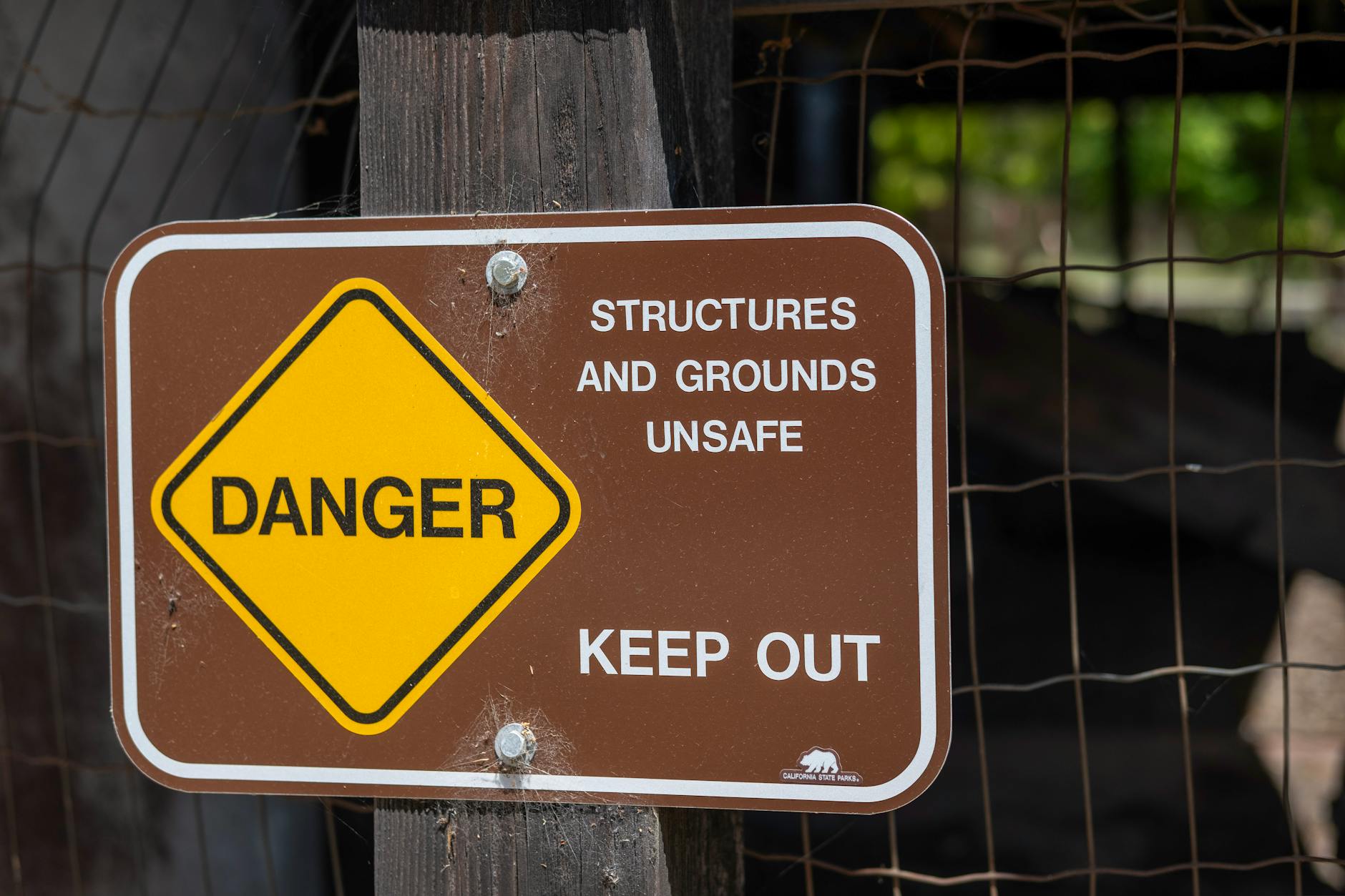
Unsafe Act vs Unsafe Condition Explained with 10 Examples of Each
Introduction
Workplace safety is a shared responsibility. Every day, employees and employers must take steps to ensure a safe working environment. However, accidents still happen due to unsafe acts and unsafe conditions. But what’s the difference between them? Let’s break it down with definitions and real-life examples.
What is an Unsafe Act?
An unsafe act is any action by a person that increases the risk of an accident. It is typically caused by negligence, ignorance, or intentional disregard for safety rules. Unsafe acts are a major contributor to workplace incidents.
10 Examples of Unsafe Acts
- Using equipment without proper training – An untrained worker using a forklift can cause accidents.
- Not wearing personal protective equipment (PPE) – A construction worker without a helmet risks head injuries.
- Operating machinery at unsafe speeds – Running a conveyor belt too fast can lead to product or worker injury.
- Blocking emergency exits – Storing items in front of emergency doors can prevent safe evacuation.
- Using mobile phones while working – A distracted worker in a hazardous area is more likely to get injured.
- Improper lifting techniques – Lifting heavy objects incorrectly can cause back injuries.
- Bypassing safety controls on machinery – Disabling a safety guard on a machine increases accident risk.
- Working at heights without fall protection – Climbing scaffolding without a harness is extremely dangerous.
- Horseplay in the workplace – Running or joking in dangerous areas can cause serious injuries.
- Ignoring safety procedures for hazardous materials – Mishandling chemicals without proper precautions can lead to spills and burns.
What is an Unsafe Condition?
An unsafe condition is a hazardous physical environment that increases the likelihood of an accident. Unlike unsafe acts, unsafe conditions are usually caused by poor maintenance, environmental factors, or negligence in the workplace.
10 Examples of Unsafe Conditions
- Wet and slippery floors without warning signs – Increases the risk of slips and falls.
- Poor lighting in work areas – Reduces visibility, leading to potential accidents.
- Exposed electrical wiring – Increases the risk of electrocution or fire.
- Defective or unguarded machinery – Machines without protective guards can cause severe injuries.
- Cluttered or blocked walkways – Tripping hazards can lead to workplace falls.
- Lack of proper ventilation in confined spaces – Can cause breathing difficulties or toxic gas exposure.
- Unstable scaffolding or ladders – Increases the risk of falls from heights.
- Improperly stored hazardous materials – Can lead to leaks, spills, or explosions.
- Broken or missing safety equipment – Fire extinguishers, first aid kits, and emergency alarms must always be in working condition.
- High noise levels without hearing protection – Long-term exposure can lead to hearing loss.
Key Differences Between Unsafe Acts and Unsafe Conditions
| Feature | Unsafe Act | Unsafe Condition |
|---|---|---|
| Definition | An action by a person that increases risk | A hazardous environment or situation |
| Example | Not wearing PPE | Wet and slippery floors |
| Cause | Human behavior (intentional or unintentional) | Poor maintenance or negligence |
| Prevention | Training and safety awareness | Regular workplace inspections |
How to Prevent Unsafe Acts and Unsafe Conditions?
- Safety Training – Educate workers on the importance of following safety rules.
- Workplace Inspections – Regularly check for and correct hazards.
- Clear Safety Policies – Implement strict rules for behavior and workplace maintenance.
- Encourage Hazard Reporting – Employees should report unsafe conditions immediately.
Conclusion
Both unsafe acts and unsafe conditions contribute to workplace accidents, but they require different prevention strategies. Unsafe acts result from human behavior, while unsafe conditions stem from environmental hazards. Identifying and eliminating both is essential for a safe workplace.
Accident Vs Incident Explained with 10 Examples of Each
Hazard Vs Risk Explained with 10 Examples of Each
Heat Stress Hazards and Control Measures
How to Calculate Fall Distance OSHA
Leading Indicators Vs Lagging Indicators
FAQs
1. Can an unsafe act lead to an unsafe condition?
Yes, for example, a worker leaving tools on the floor (unsafe act) can create a tripping hazard (unsafe condition).
2. Who is responsible for identifying and fixing unsafe conditions?
Employers and safety officers are primarily responsible, but employees should also report hazards.
3. What should an employee do if they notice an unsafe condition?
They should report it to a supervisor or safety officer immediately.
4. Are unsafe acts always intentional?
No, they can be due to lack of knowledge, training, or awareness.
5. How can companies reduce both unsafe acts and unsafe conditions?
By conducting safety training, enforcing policies, and maintaining a hazard-free workplace.

























Job